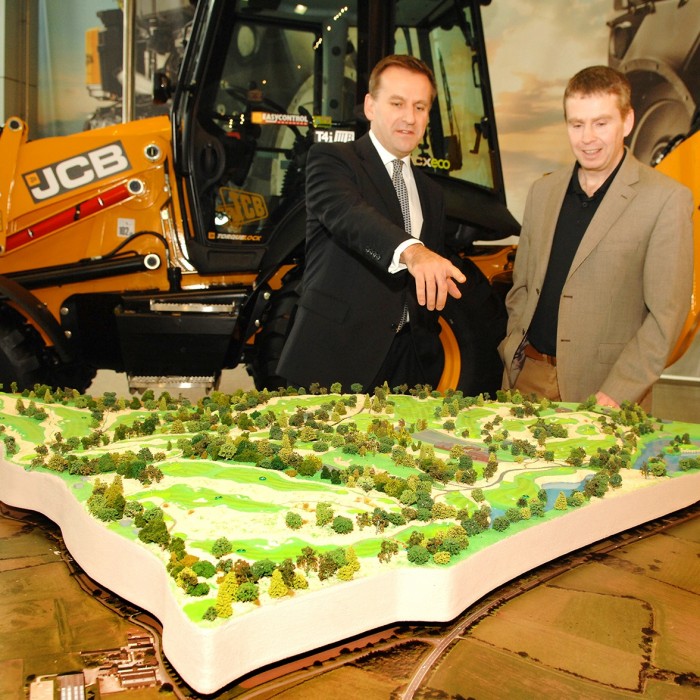European golf course designers very optimistic for the future
A survey of golf course architects has found significant optimism for the next few years, with some even saying they’re concerned about how they will cope with a large increase in workload.
The European Institute of Golf Course Architects (EIGCA) asked its members about the pandemic, and 86 percent said they felt the golf course design industry would stay the same (51 percent) or grow (35 percent) over the next few months compared with 2019. More than half, 57 percent, expect turnover in the next 12 months to be at least the same as it was in 2019, and this rises to 66 percent when looking at the next 24 months.

When asked about the challenges they face in the next 12 months, over half of the respondents had concerns relating to safe travel, restrictions on the ability to meet clients face-to-face to progress works, and constraints on looking / bidding for future projects. Other key challenges included: golf clubs not proceeding with projects and being hesitant to invest for the future; and ensuring a Covid-safe workplace for employees. A handful of members even cited the enviable challenge of how they would manage an increase in workload.
“This survey shows that a feared long-term negative impact from the Covid pandemic on the golf industry has not been realised. Although one-fifth of EIGCA members reported a reduction in turnover of more than 50 percent compared to 2019, this is balanced by 48 percent experiencing either no impact or one that has been positive,” says Christoph Staedler, EIGCA president.
“The optimism expressed by our members signifies that the industry has been adversely affected by the Covid-19 restrictions, but will be stronger than before when the pandemic is over. We golf architects are in a strong position to seize the opportunities ahead.”















Despite some short term challenges, I do believe there is reason for long term optimism, tempered by reality !! Considering architects and designers build about 5-10 courses a year, in a good year, that number will be difficult to match, anytime soon !! However, workloads should be filled through differentiation, and change, building replica holes ( something always avoided in past ) and building more shorter feeder courses !! The future looks bright, just different !!